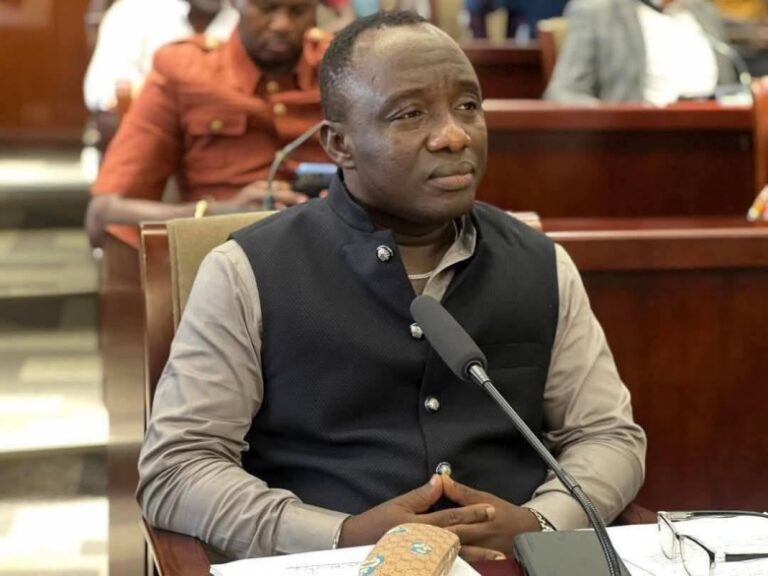
By Dwoe Peter
Beyond concession agreements, Liberia must also confront an uncomfortable but necessary question: Can we afford 15 counties? Governance should be structured for efficiency, not for the mere purpose of political patronage. If we applied rigid economic criteria to determine county status, would Bomi, Grand Kru, Gbarpolu, River Gee, and Rivercess qualify? What is their economic viability outside of maintaining an oversized government structure?
The reality is that Liberia’s administrative divisions must be reassessed. Instead of a system that creates positions for politicians while adding no real value to national development, resources should be redirected toward productive sectors—education, healthcare, infrastructure, and industrialization.”
Liberia does not have publicly documented, formal economic criteria for granting county status. The establishment of counties has historically been driven by political and administrative considerations rather than explicit economic benchmarks.
For instance, Grand Kru County was established in 1984 by merging Sasstown and Kru Coast territories, primarily for administrative purposes. Similarly, Bomi County was created in 1984, carved out from Montserrado County, without specific economic prerequisites. While there are no formal economic requirements, the viability of a new county would likely consider factors such as:
• Population Size: Ensuring a sufficient population to support administrative functions.
• Economic Activity: Presence of economic activities like agriculture, mining, or trade that can sustain the county’s economy.
• Infrastructure: Availability of basic infrastructure to support governance and service delivery.
• Administrative Efficiency: Potential for improved governance and service delivery through administrative restructuring.
These considerations, while not codified, would and should influence decisions on establishing new counties.
Liberia’s Governance Structure Needs Reform
Liberia’s current county structure is outdated, inefficient, and financially unsustainable. Maintaining 15 counties with their respective administrative bodies drains national resources without delivering proportional development benefits. Instead of fostering economic growth and improving service delivery, this bloated system primarily serves political patronage and contributes to unnecessary government expenditure.
Economic Viability Should Dictate Administrative Boundaries
A country’s administrative divisions should be based on economic logic, not political convenience. If we apply strict economic criteria, it becomes clear that counties such as Bomi, Grand Kru, Gbarpolu, River Gee, and Rivercess lack the independent revenue streams needed to justify their status. These counties largely depend on central government allocations, which could be better utilized in sectors that drive real development, such as education, healthcare, infrastructure, and industrialization.
Redirecting Resources for Maximum Impact
The funds currently used to sustain 15 county administrations could be reallocated toward improving essential services. Instead of maintaining redundant county structures, Liberia should consider regional consolidation, where counties are merged to create fewer, more efficient administrative units. This approach would:
• Reduce administrative costs and wasteful spending.
• Allow for more strategic investment in economic growth sectors.
• Strengthen governance by eliminating excessive bureaucracy.
• Improve service delivery by concentrating resources where they are most needed.
A Call for Structural Reform
If Liberia is to achieve sustainable development, it must make bold and sometimes uncomfortable decisions. Streamlining governance by reducing the number of counties is not just an economic necessity—it is a strategic imperative. A leaner, more efficient government would free up resources for productive investment, ensuring that Liberia’s limited financial capacity is used for long-term national progress rather than short-term political gain.
The question is not whether Liberia can afford to reassess its county structure; the real question is, can we afford not to?













